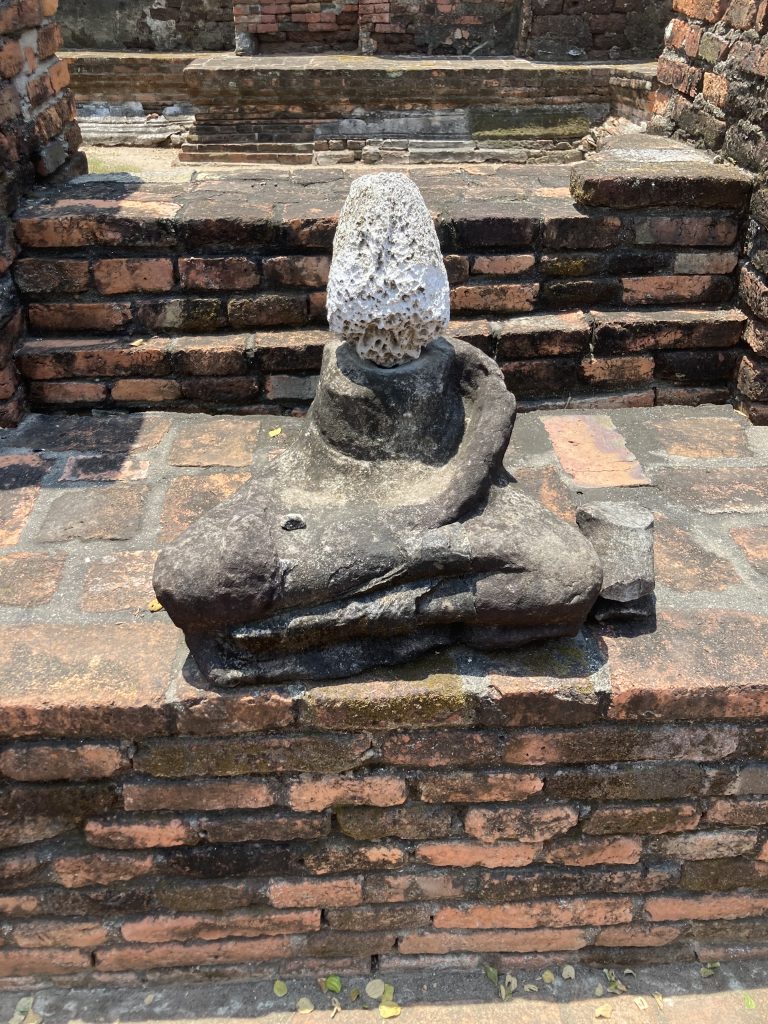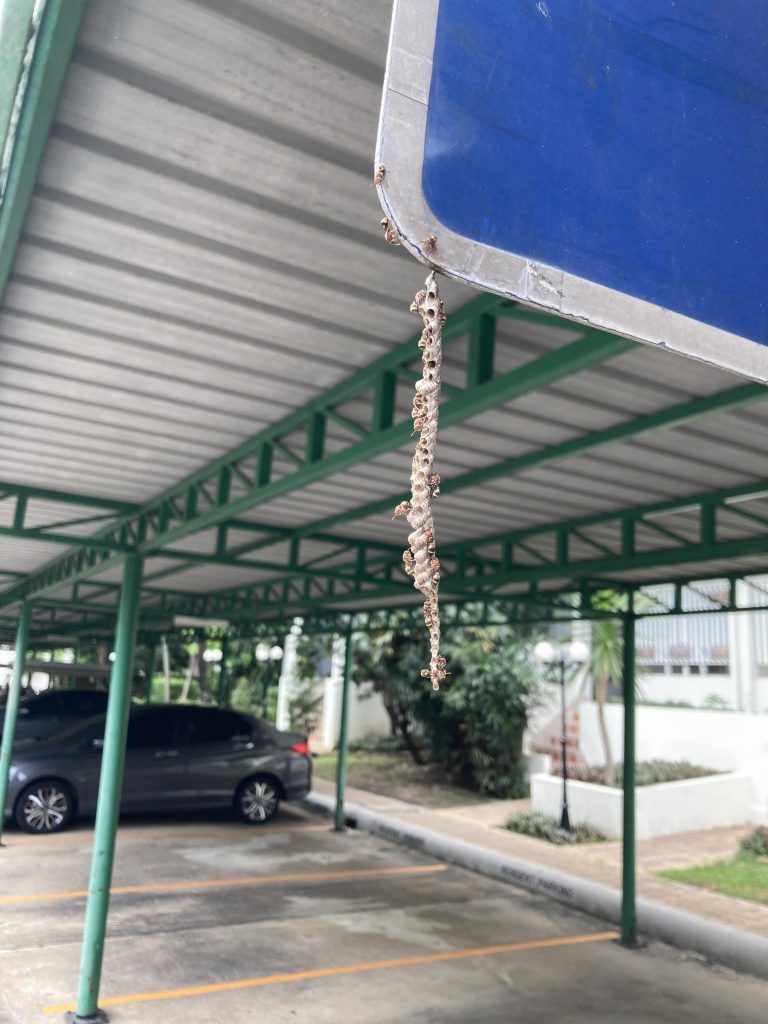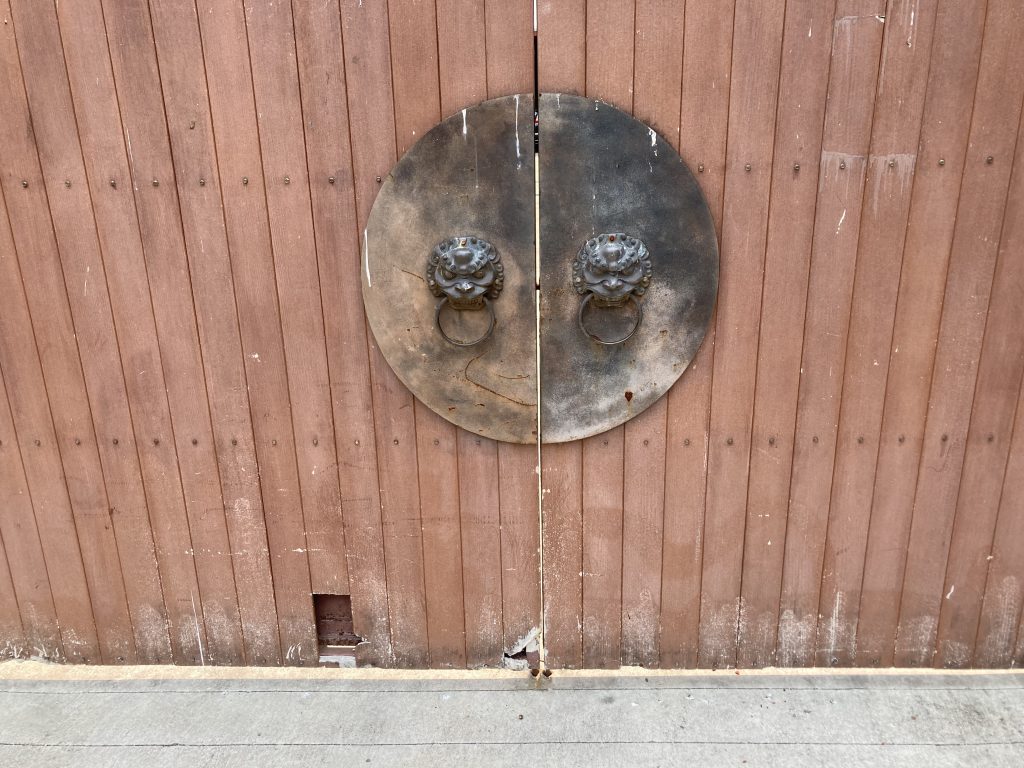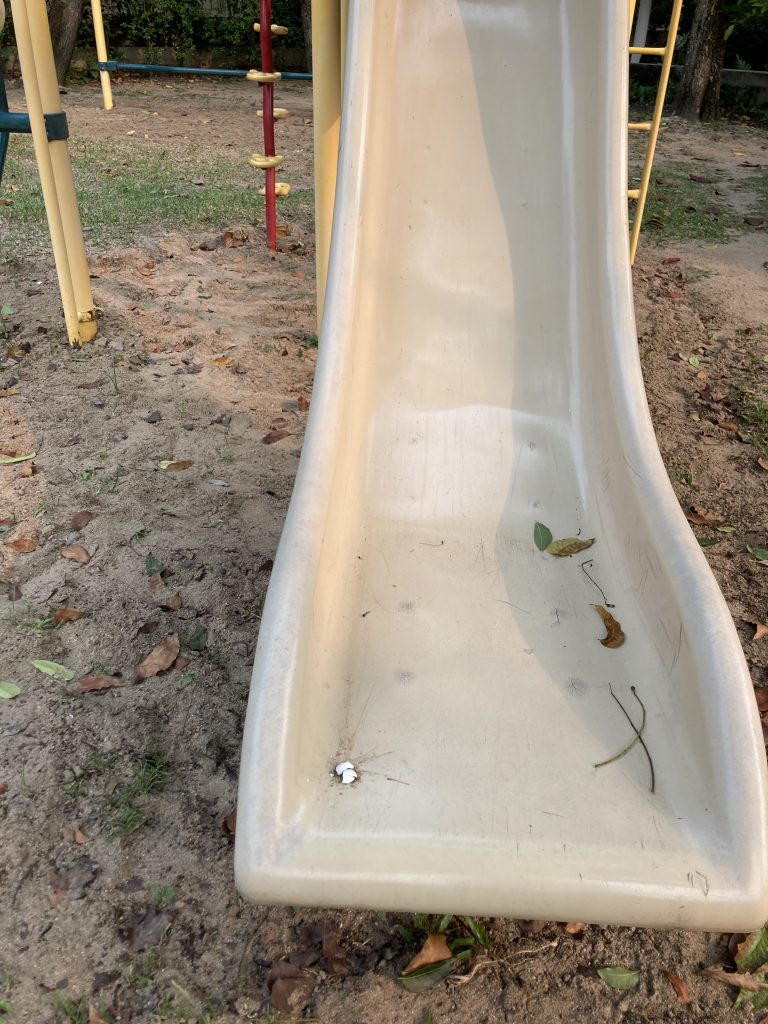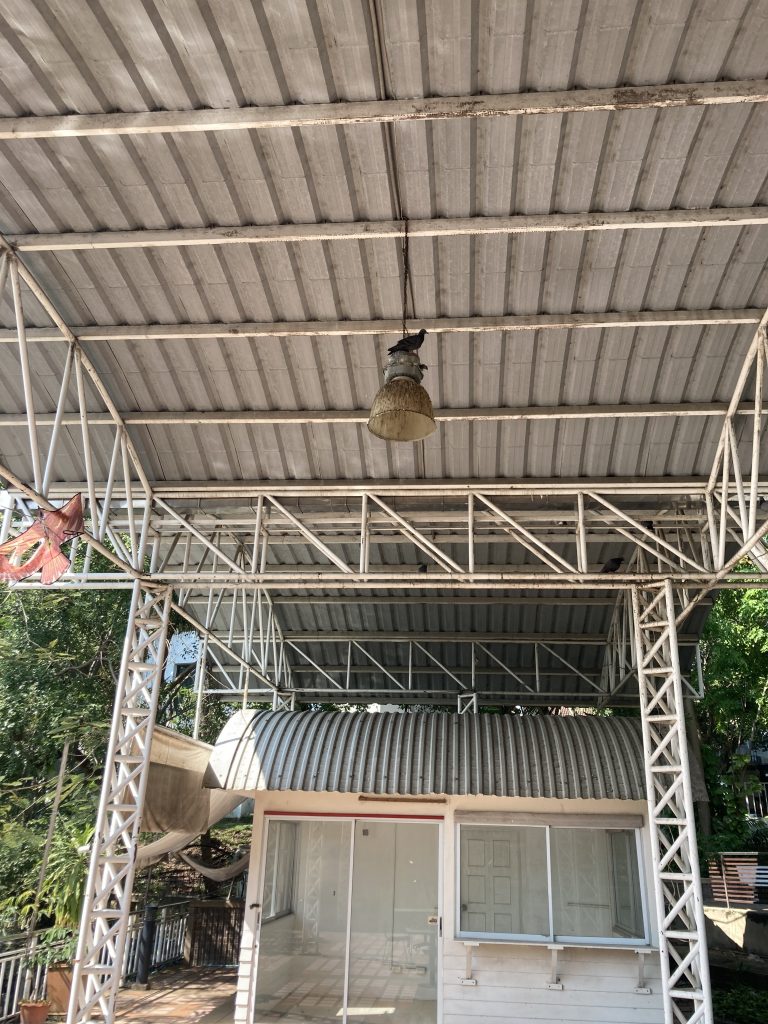I don’t tend to think of myself as an overly squeamish person. If anything, my threshold for violence has risen since the trip began. I’ve been subjected to violent acts and I’ve orchestrated a few myself, though usually only in self-defense. How far back have you been reading? It’s been mostly self-defense, right? Preemptive, occasionally, but self-defense all the same.
‘The Sounds of Violence’ advertises itself as a medical resource and an auditory journey rolled up into one grim experience. In practice, it’s much like any museum on a budget, which is to say that it’s dark and dusty and its exhibits are spaced apart so that the time it takes to view them all justifies the cost of entry. I’m handed a set of plush headphones at reception and an instructional pamphlet that is 75% content warning and 25% ‘exhibits will activate automatically.’ The woman behind the desk mouths something to me and I realize the headphones are of a higher quality than I suspected. I pull them down to my neck.
“Room doors close automatically too,” she explains, “so the sound of forward groups won’t disturb those behind them.”
I look around the lobby. I glance out into the parking lot. Aside from the woman behind the desk, I haven’t seen the face of another human being in nearly three hours. She doesn’t notice that I’m questioning her. Or she doesn’t care. It’s not her job to justify the building’s features to me.
When I enter the first room, the door swishes closed behind me at a speed that puts me a little on edge. There is a sense of finality about the motion that I confirm by receiving no reaction when I step toward it again. I skip past the exhibit and toward the forward-moving doors and am relieved to find that they swing open willingly. Then, I hear a sound like waterlogged sofa hitting cement and a man’s voice shrieking in pain.
I turn and see this exhibit’s title: ‘Injuries sustained while falling.’
‘There are two things worth knowing about ‘The Sounds of Violence’ as a destination.
The first is that they claim all of their audio clips have been taken from real incidents. It would be comforting to assume they are lying, considering the grotesque injuries on display in latter rooms and the unlikely odds that such high quality audio could be salvaged from, say, ‘an accident involving a necktie and a helicopter.’ It would be comfortable to believe that they’ve paid off some voice actors and edited the audio to make it sound almost clownish. Otherwise, those seemingly over-the-top vocalizations would be evidence of a level of human pain unknown to much of the population. It would be a gross insight into what we are capable of feeling as an animal-being.
The second thing worth knowing is that they offer a discounted annual membership and ‘basking’ events in which visitors are given unlimited time in a room between dusk and dawn. They often sell out of both.’
The visual exhibit is nothing more than a series of printed posters detailing, with medical diagrams, the sort of injuries being sustained in the audio clips. The waterlogged sofa man shattered both legs and broke his hip. A snippet of conversation follows- a woman’s voice talking casually about snow, before a metal twang interrupts her and she screams. There is a wet impact and a grunt and then a whir of noise. Tumbling, I think. There is a sound like a branch snapping and the woman screams again. The hectic white noise of her falling stops suddenly and is replaced by the woman’s whimpering. Another clip follows. A man says “I think I can jump that,” and I rush out of the room before I hear him proven wrong.
Illustrations for the next exhibit detail burn injuries. I’ve hardly had a chance to take them in when a groggy voice says: “Wake up, honey. Do you smell that? Is that smoke?” A mattress creaks. Blankets slough off to the floor. A door clicks open and the man shouts “Shit!” He screams.
I yank the headphones from my head and the screaming grows exponentially louder. There are no cords- no indication of the headset being powered at all. They’re construction headphones, made for muffling noise. The burning man’s cries come from speakers in the walls at a volume that tears into my ear drums. I pull the headphones back on and rush forward. Autumn by the Wayside says a full tour of ‘The Sounds of Violence’ takes an hour and I realize, for the first time, that the author never cuts corners.
It must have driven him insane a long time ago.
-traveler

